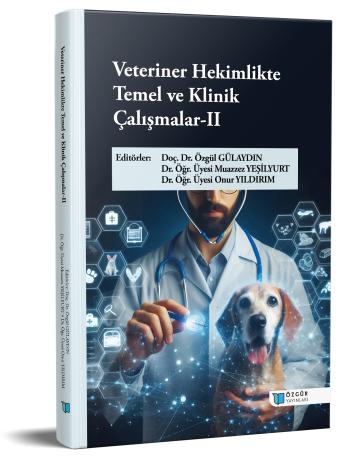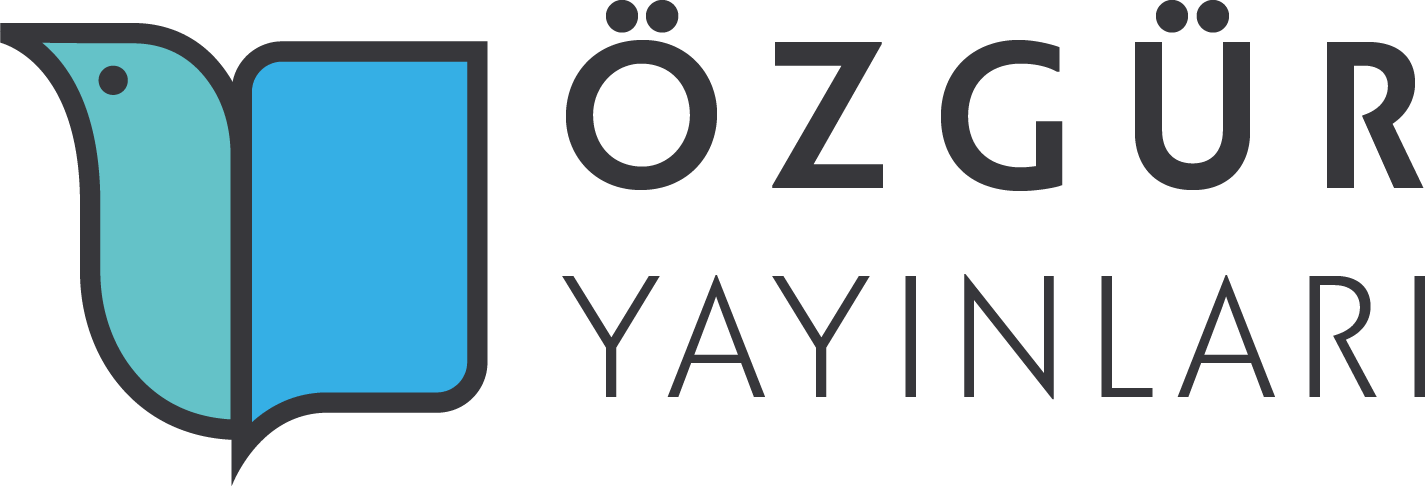
Biomimetic Approach and the Role of Platelet Products in Wound Healing
Şu kitabın bölümü:
Gülaydın,
Ö.
&
Yeşilyurt,
M.
&
Yıldırım,
O.
(eds.)
2025.
Veteriner Hekimlikte Temel ve Klinik Çalışmalar-II.
Özet
Biomimetic science seeks inspiration from the flawless and functional structures of nature to develop innovative materials and therapeutic strategies. Since the 1990s, this approach has gained importance in the fields of wound healing and tissue regeneration. Blood is considered the most essential autologous source in the repair of both soft and hard tissues.
The medical use of platelet derivatives has been explored for nearly four decades. Initially applied only as tissue adhesives, they are now widely recognized as regenerative tools. Platelets play a pivotal role in all stages of wound healing; hemostasis, inflammation, proliferation, and maturation by releasing growth factors such as PDGF, VEGF, EGF, and TGF-β from their granules. These bioactive molecules stimulate fibroblast proliferation, collagen synthesis, angiogenesis and epithelialization, thereby accelerating tissue repair.
Platelet concentrates are classified into several categories: pure PRP (P-PRP), leukocyte and platelet-rich plasma (L-PRP), pure PRF (P-PRF), leukocyte and platelet-rich fibrin (L-PRF), advanced PRF (A-PRF), injectable PRF (i-PRF) and titanium-prepared PRF (T-PRF). While PRP provides a rapid release of growth factors, PRF offers sustained release through its natural fibrin matrix, which also supports immune modulation and antimicrobial activity.
In conclusion, both PRP and PRF enhance wound healing by supporting fibroblast proliferation, collagen deposition, epithelial differentiation, and vascular growth. Their autologous, biocompatible, and cost-effective nature makes them safe and promising biomaterials for the treatment of acute and chronic wounds.

